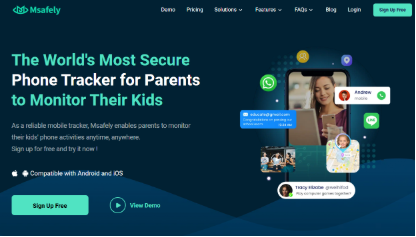Plagiarism is taking someone else’s work and passing it off as your own. If you want to check Google Docs for plagiarism, use this guide.
There will always be those who look for the shortest path to completing their work. If you take content from another source and pass it off as your own, there is a word for it: plagiarism.
The Best Google Docs Plagiarism Checker
Plagiarism is a huge problem in academia and the business world, but that doesn’t mean you have to put up with it. If you want to eliminate the problem, you need to know how to check your document. What is the best plagiarism checker? With the help of the PlagiarismCheck.org tool, which is well-known among students and writers, you will always submit unique papers. Actually, it will help with different types of content.
How to Check for Plagiarism in Google Docs
The process of checking text uniqueness is quite simple if you follow certain steps. However, it is important not only to complete each step but also to correctly interpret the results in order to identify potential problems. Here are step-by-step instructions:
Step 1: Choose a Google Docs Plagiarism Tool
The choice depends on your needs.
Step 2: Install the Browser Extension
The extension allows you to check text similarities directly in your online documents, such as Google Docs.
Step 3: See the Results
The checking process may take some time, depending on the volume of the text, the plagiarism and AI text checker you use.
Step 4: Analyze the Report, Paying Attention to the Uniqueness Percentage and Plagiarism Sources
Check if there are partial matches or plagiarism in your text, and determine which sources these fragments appear in.
Step 5: Make the Necessary Edits to Improve the Uniqueness of the Text
Correct the parts that have significant overlaps with other sources and make sure the text is original before sending it.
Preventing Plagiarism in Google Docs
To avoid plagiarism, it is important not only to understand the rules but also to be able to apply them in practice. Here are specific steps that will help you create honest and original work.
- Always record sources immediately
One of the most important steps to avoid plagiarism is to organize your information. If you don’t record sources as you work, you may forget later where you got a quote, data, or idea from. This is especially important if you are working with large volumes of material, where it is easy to confuse different sources.
How to record sources?
Create a file (in Excel, Google Sheets, or a text document) and add columns to it:
- Source title
- Author name
- The main idea or quote you want to use
- Page, if it is a book
- Link, if it is an online resource
Benefits: everything is organized, easy to find and use when writing a paper.
- Use special tools
Recording sources manually is difficult and time-consuming, especially if you work with a large volume of materials. Programs and services can simplify the task: they save data on sources, help create links and bibliographies, and most importantly, make the work more accurate and organized.
Zotero
Zotero is a tool for managing bibliographies and links. The program is great for students, researchers, and writers.
What it can do:
- Save information about sources: title, author, year of publication, and link.
- Create automatic bibliographies in different styles (APA, MLA, Chicago, and others).
- Integrate with the browser to quickly save data from web pages.
- Maintain notes and tags to structure materials.
Example: You find an article on the Internet, click the Zotero button in the browser, and the program automatically saves the data: title, author, link, and even the access date. Then, when writing your work, Zotero will help you insert a link into the text and automatically format the bibliography.
How to use:
- Download Zotero from the official website.
- Install the browser extension. Now, when working with Internet sources, you can save data with one click.
- Add notes to each source: why you need it, what idea or quote it contains.
Using these methods will help you create original and valuable content that will pass a free plagiarism check easily.
Common Mistakes during Plagiarism Detection in Google Docs
There are several typical mistakes that people make when checking the uniqueness of a text. Here are the most common ones:
- Using only one similarity checker
It is necessary to use several services for checking to get the most accurate results. Each service has its own database and analysis algorithms, so comparing the results will give a more objective picture.
- Ignoring partial text matches
Some partial matches can be significant for the uniqueness of the text, so they cannot be ignored. Even if the text similarity checker shows small matches, it is worth checking them and correcting them if necessary. It is especially important to pay attention to matches in key phrases and terms.
- Blind trust in automated rewriting tools
You cannot rely solely on automated rewriting tools, since they do not always preserve the naturalness of the text. Automated algorithms can distort the meaning or make the text less readable.
Regular practice and error analysis will help to significantly improve the quality of texts and make them more attractive to the audience.
A Necessary Step
Checking the uniqueness of the text is a necessary step in creating high-quality content that meets the requirements of teachers, search engines, and users, depending on the purpose. Using the right plagiarism and AI checker and improving uniqueness helps to avoid plagiarism problems and enhances the effectiveness of your text



















